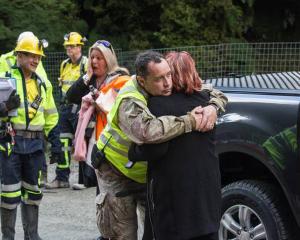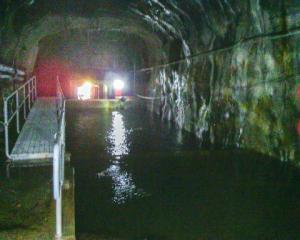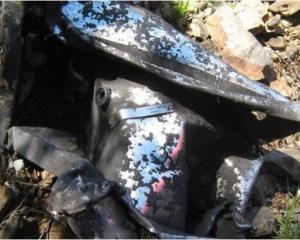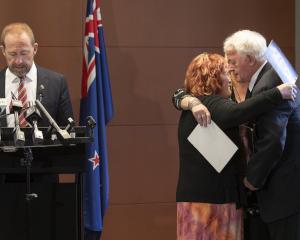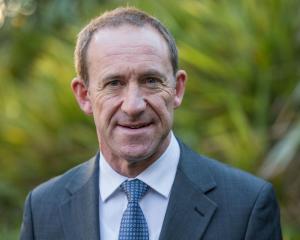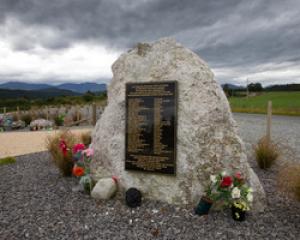The Government would pay for a recovery operation at the Pike River Coal mine if there was a credible proposal that it was safe and it would work.
Prime Minister John Key today said he would look into using his prime ministerial financial contingencies, if there was no other place where the money could come from, to recover the remains of the 29 men killed in the mine last year.
"In due course, I'm happy to look at proposals that might be put up. I'm not ruling out putting in money. I've always said it's not an issue of money.
"If there is a credible proposal that is safe and we think there is a high degree of probability that it would succeed, then the Government is quite happy to look into putting money into that."
Mr Key said the safety of the people who are going into the mine was paramount, and the government had ''never been presented with a proposal that's credible in terms of safety".
He asked his officials to get a full safety briefing on the mine from the Mine Rescue Trust and the police.
"If you look internationally, typically these things are dangerous, complex and take a very long period of time. The international mine inspectors that were spoken to have said in some instances you can never get in mines.
"But we recognise that families desperately want to get in there."
Mr Key said he was also open to funding the feasibility study around re-entering the mine.
Families yesterday hailed as a breakthrough a meeting with police, mines rescue staff and receivers after it was agreed stabilisation work would begin on Monday, allowing rescuers to eventually tunnel past a rockfall to where the miners were trapped.
PricewaterhouseCoopers co-receiver Malcolm Hollis said the stabilisation work was already planned to go ahead, and they had agreed only to look into the feasibility of a recovery operation.
"Before that can commence, funding needs to be ascertained for how that can be paid for and the families in particular will be going away to determine the options they have for finding funding," he told Radio New Zealand.
The initial stabilisation plan would involve building a temporary seal 100m from the entrance of the mine, after which permanent double doors would be installed to prevent oxygen getting inside and causing another explosion.
The later recovery plan would involve tunnelling 180m around a 50m rockfall to the main area of the mine, where the men's remains were trapped.
Mr Hollis said the recovery part of the plan was "some time away" and the receivers would not have the time or resources to complete it before the mine was sold, likely before the end of the year.
It would then be up to the new owners to then work with families and authorities.
Mr Hollis said it was possible the bodies may not be recovered.
Yesterday's meeting came after frustration that no retrieval plans had been launched following the release of videos showing possible bodies inside the mine.
Former Pike River safety and training manager Neville Rockhouse, who lost his 21-year-old son Ben in the November mine explosions, said the families had been strung along for months in "trying to bring our boys back".
"This is a significant breakthrough for the families and for New Zealanders generally because for the first time we've now had the receivers acknowledge the mine stabilisation programme has nothing to do with the body recovering programme," he told Radio New Zealand.
"We've now got acknowledgement that we can have a body recovery programme and there is a plan in place to do that, in fact there's several options to do that."
Mr Rockhouse said the recovery plan that was on the table had already been risk-assessed, but there may be other quicker and cheaper options that needed to be considered.
The police and receivers had an operational budget that could pay for the recovery operation, and the costs could be recouped from the mine's new owner, he said.
"This doesn't have to cost the taxpayer one single cent."



